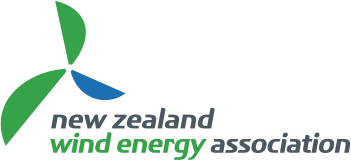Wind energy case studies
What does a wind farm development mean for the surrounding community? The businesses in nearby towns, the contractors who work on the wind farm in a huge variety of roles, and the farmers who own the land?
These case studies explore the opportunities and benefits created by wind farm to local businesses and economies.
Business and community opportunities
A new wind farm can become a catalyst for business and community
renewal, as the people involved with Te Uku wind farm, near Raglan, are
finding out.
You never know where wind will take you
To the casual observer, a wind farm may look simple and elegant on the
hillside. But there is a wide range of work that needs to be done on
site to maximise its electricity production. And this work is creating
business and career opportunities for many Kiwis.
Improving electricity supply
Most people will simply flick a switch and expect a light to shine or a kettle to boil. While it is easy to use electricity, ensuring electricity is available whenever and wherever it is wanted is anything but. New Zealand's wind farms are helping to improve electricity supply by improving the robustness of networks and supplying local generation.
Farming the wind
For many farmers harnessing the wind enables them to improve the viability and productivity of their farms. Wind turbines provide an additional source of income, and the roads required for building and operating wind turbines enable farmers to improve their farming operations.
Local economic benefits
The wind farms in the Manawatu do more than supply New Zealanders with renewable electricity. Their construction and ongoing operation creates jobs and provides opportunities for many New Zealand companies. This case study looks at the economic activity created by the construction and operation of Stage 3 of Tararua wind farm - a 93 megawatt development in the Manawatu.

